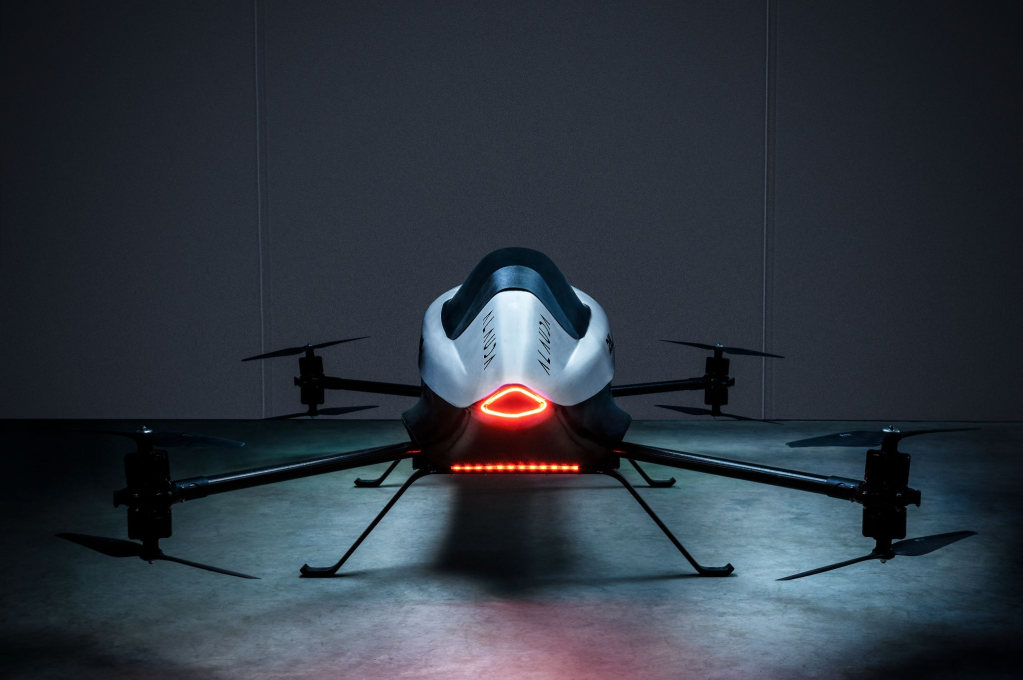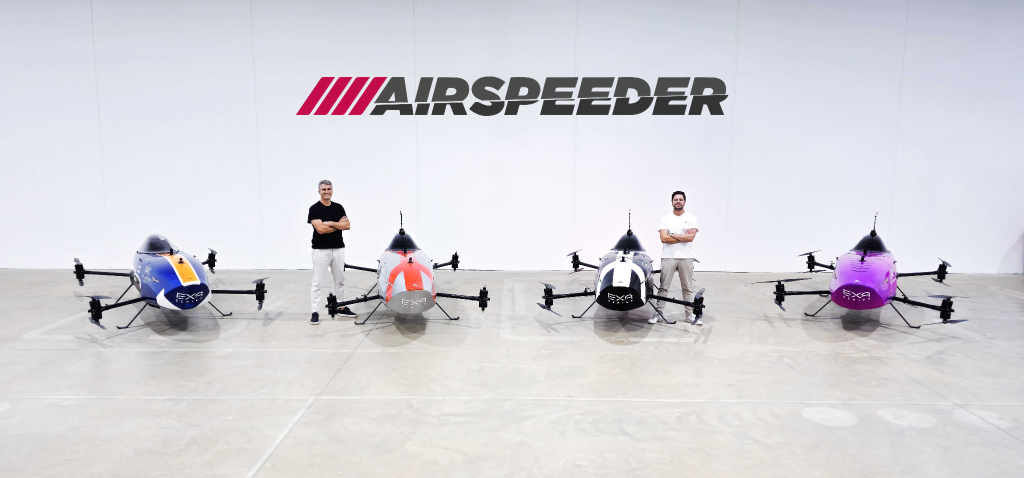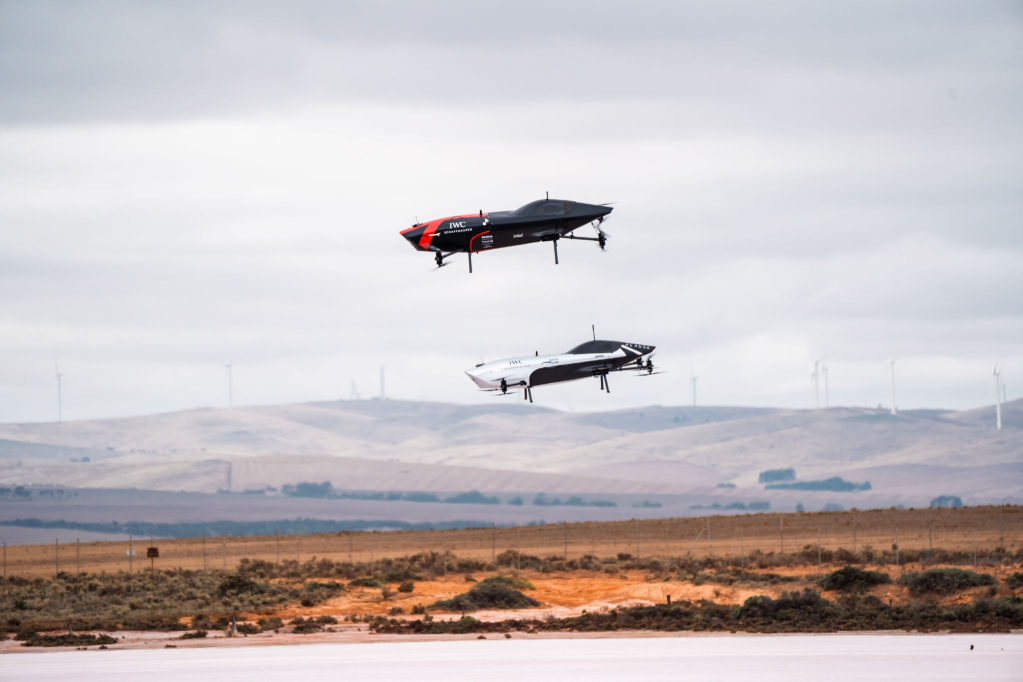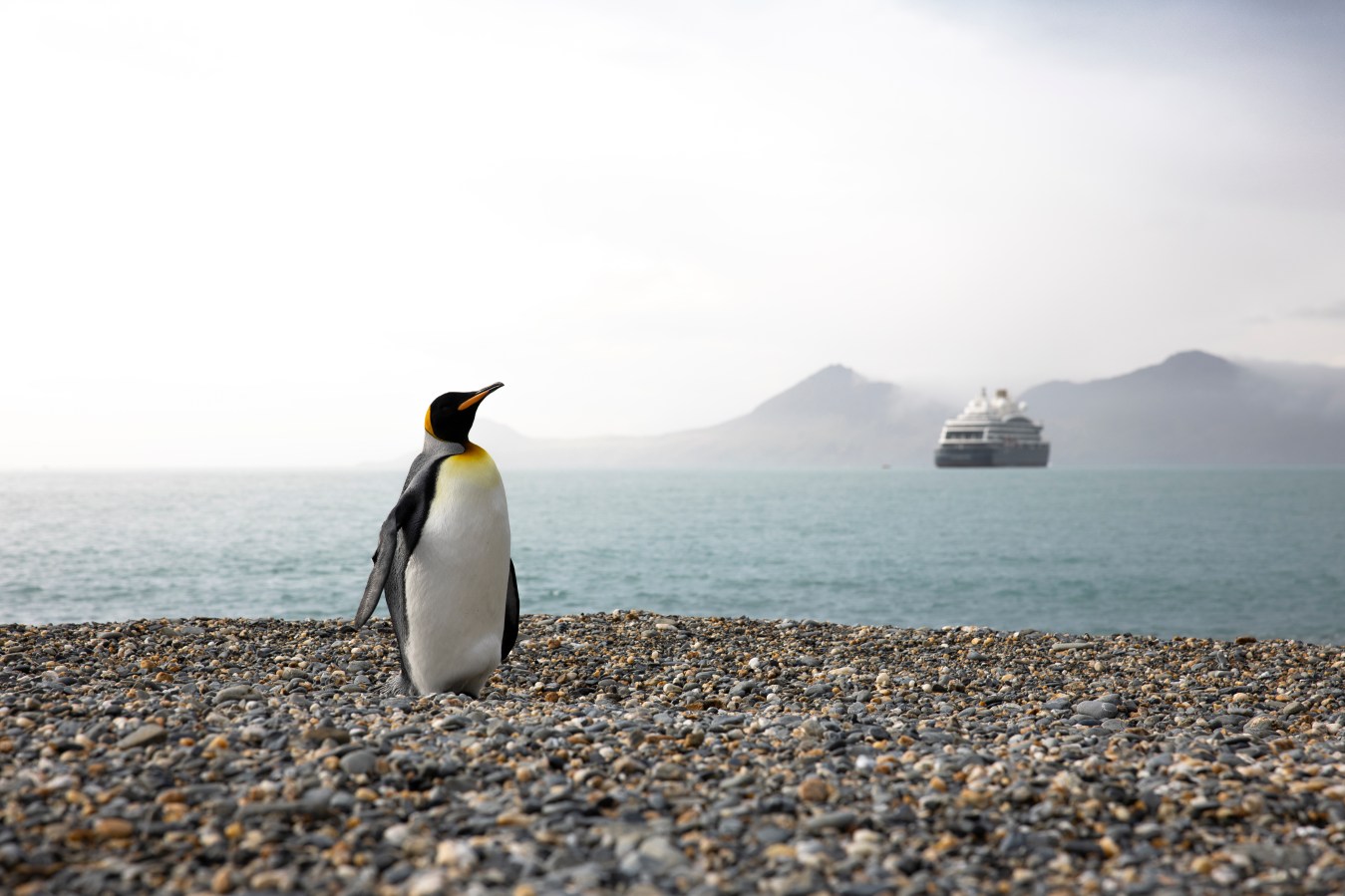With new approval for its manned Mk4, Airspeeder has turned flying car racing into a regulated reality, making Australia the launchpad for a new era of aerial motorsport.

The first manned racing electric vertical take-off and landing (evTOL) aircraft built by Airspeeder has been given the green light by Australia’s Civil Aviation Safety Authority (CASA) to take part in experimental flight. It’s a big step for the Adelaide-based company, which has so far been operating its crafts via ground controls.
“This is globally significant,” said Airspeeder chief Matt Pearson. “It means we can up the power and build something that’s really the platform for the best of the best to innovate on.”
The company, which was co-founded by Pearson back in 2016, has been on a mission to build flying cars for the masses – but its game-plan has been to race them first in its EXA series. Over the years, the team has enlisted talent from Airbus, Boeing, Ferrari, McLaren, Rolls-Royce, as well as ex-F1 stars and military fighter jet pilots, to build and race evTOLs, F1-style. That’s manifested in its Mk4 – an optionally crewed aircraft, meaning it can be flown remotely or with a pilot on board.
“When we think of flying cars, we think of something that can have a person on board,” Pearson said. “This was always part of the vision. Now we’ve delivered on the dream we started on all those years ago.”
The next step has been to enlist tech titans to create the infrastructure to enable overtakes, which are a key pillar of exciting racing. And, as Pearson said, the more exciting the race, the more eyeballs (and dollars) behind it.

“We thought it was going to be hard to build the vehicles, and it was, but it’s actually so much harder to build the tech infrastructure,” Pearson said. “We had to build augmented reality racetracks in the sky, remote control stations, race control systems – all the connectivity that makes racing possible.”
Dell Technologies tech is used for rapid iterations in the design of Airspeeder, and on race days, its servers can withstand heat, dust and shock faced by vehicles. “All of the server infrastructure we deploy at a race has always been a Dell stack,” Pearson said. “Without that service stack, we don’t fly.” Intel, meanwhile, has helped develop vehicle intelligence and race systems. “Our silicon is powering the first manned flying racing speeder,” said Hans Chuang, Intel’s Vice President-Sales & Marketing and General Manager, Asia Pacific and Japan. “It shows how AI, low latency networks and edge computing combine to drive this transportation revolution.”
Pearson and co-founder Jack Withinshaw say CASA’s certification (which follows other landmark approvals, such as Gilmour Space’s orbital launch) puts Australia at the forefront of aerial motorsport development, mirroring its role at the frontier of other aerospace fields. “Australia has one of the safest aviation regulators in the world, and the regime is very close to the [United State’s Federal Aviation Administration] FAA’s,” Withinshaw said. “Doing it here basically means we can do it anywhere.”
And, of course, it allows the company to move toward piloted racing. “We were the first company to go out and say, ‘We’re going to build flying racing cars,’ and now we’re the first ones to get an experimental certificate for both uncrewed and crewed flight,” Withinshaw said. “That gives us the platform to put the best technology into the vehicle. And it’s a uniquely Australian take on what to do with flying cars – race them.”

Since its launch, Airspeeder has built 10 aircraft, trained seven pilots, and staged four development races. More than 400 test flights have been completed, including tri-vehicle head-to-head contests. The company’s next challenge is scale: “Ultimately we want 20 aircraft in the air simultaneously,” Pearson said. “That’s an RF [radio frequency] challenge, a compute challenge, and an AI challenge. Without partners like Dell and Intel, it would be hard for us to scale.”
Pilots for the program are drawn from elite backgrounds, including former Formula One drivers and military test pilots. “People either say, ‘That’s terrifying’ or ‘That’s amazing,’ but both then ask, ‘How do I get in one?’” Pearson said. “We get requests every day.”
The next 12 months will see the Mk4 undergo crewed testing, alongside a planned unveiling of Airspeeder’s next-generation race-craft in late 2025. “The crewed vehicle is set to go through its test cards, and that’s the first thing we need to do — take it through its paces and bring flying car racing to life,” Pearson said.
Look back on the week that was with hand-picked articles from Australia and around the world. Sign up to the Forbes Australia newsletter here or become a member here.

